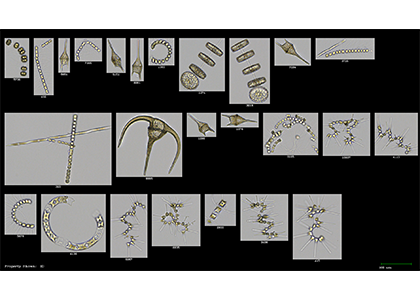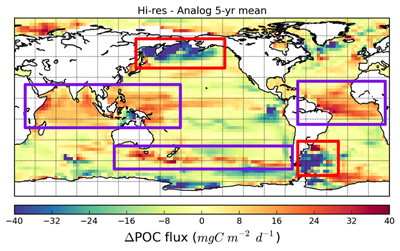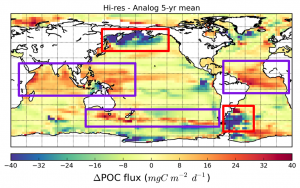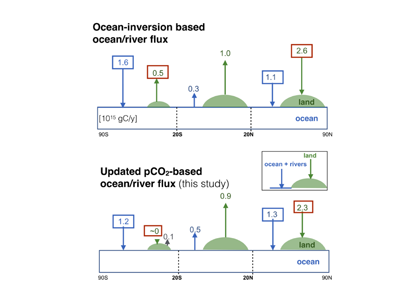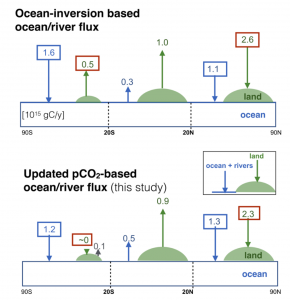Save the date: Thursday, February 22, 12-2 pm
2024 Ocean Sciences Meeting – Convention Center Room 224
Join Federal Program Managers to share what you think are the grand challenges facing the Biogeochemical Observing and Modeling Communities and discuss opportunities for improved connectivity between observing and modeling efforts.
Biogeochemical observing networks and models are developing at an unprecedented pace. This workshop will provide space for biogeochemical modelers and observers to make connections, ensure observing networks are addressing critical modeling data needs, and inform federal research priorities. Participants will split into topical or regional groups and move between tables to discuss what data are currently available for models and what data and data products will be needed in the future. Workshop outcomes may include a report on regional observing data gaps and recommended improvements to data products that feed into biogeochemical models.
Please indicate your interest in attending this workshop by responding to this short google form
Reach out to the organizers with any questions: Erica Ombres, Liza Wright-Fairbanks (NOAA Ocean Acidification Program), Alyse Larkin (NOAA Global Ocean Monitoring & Observing Program)


